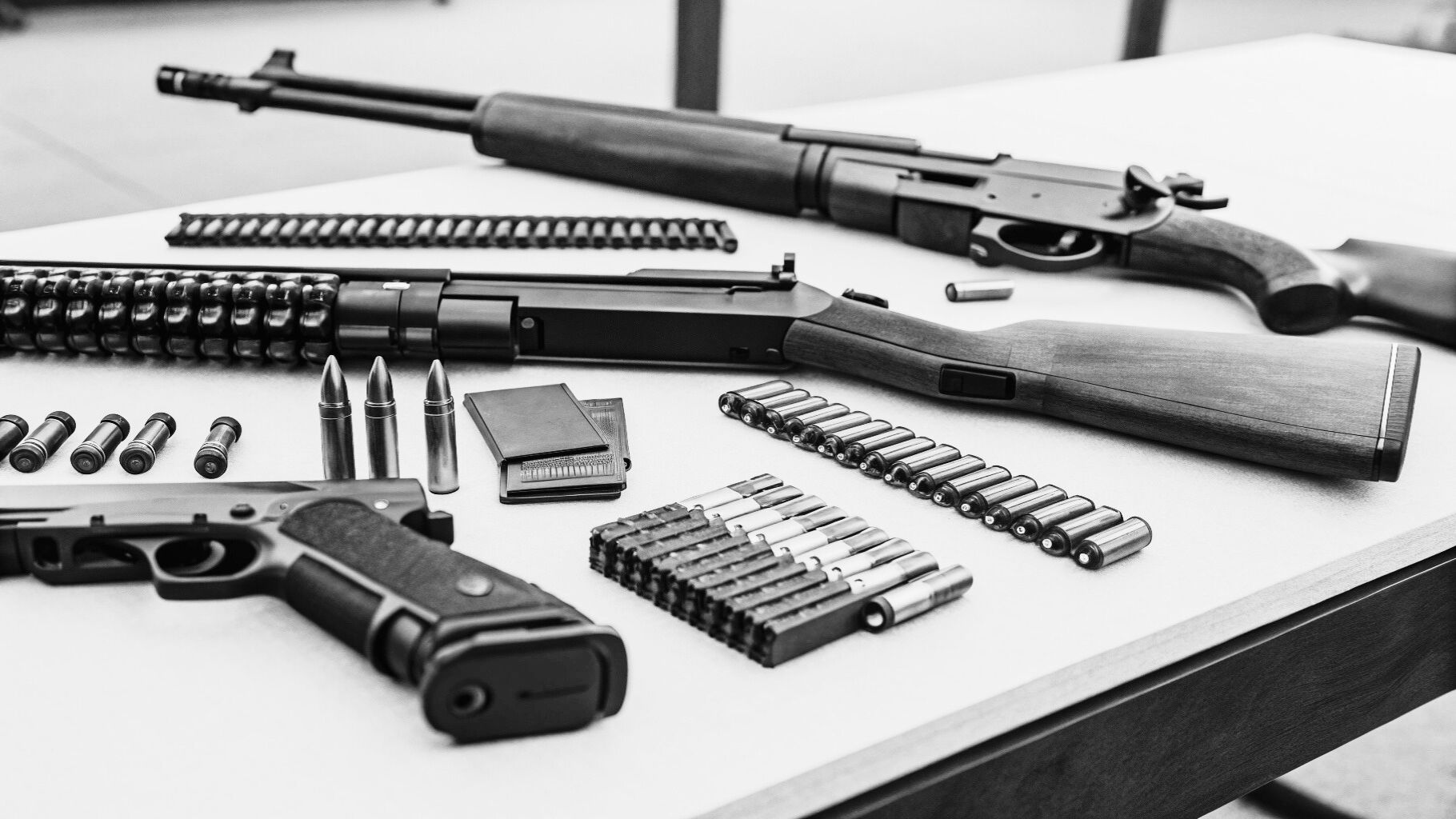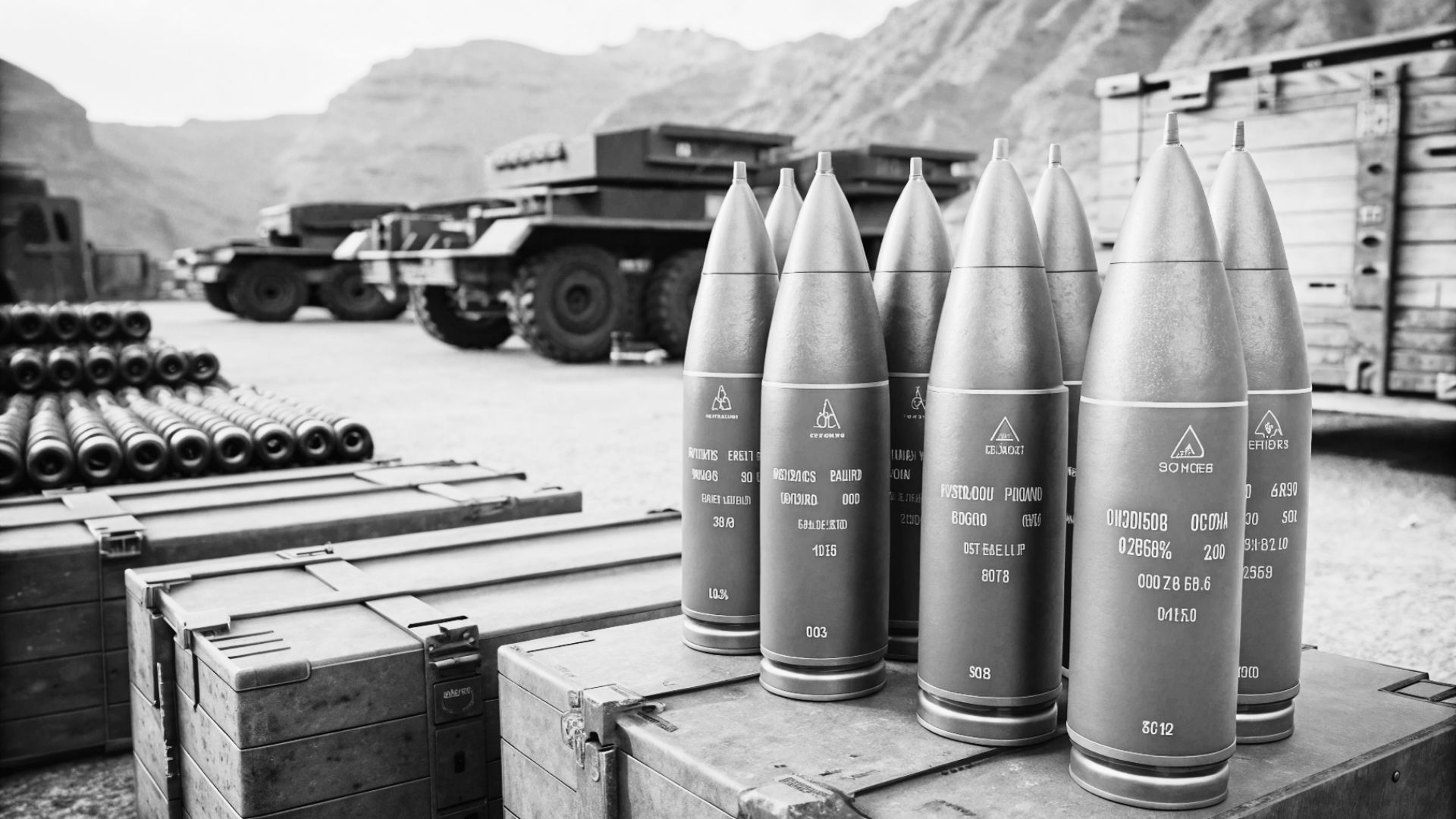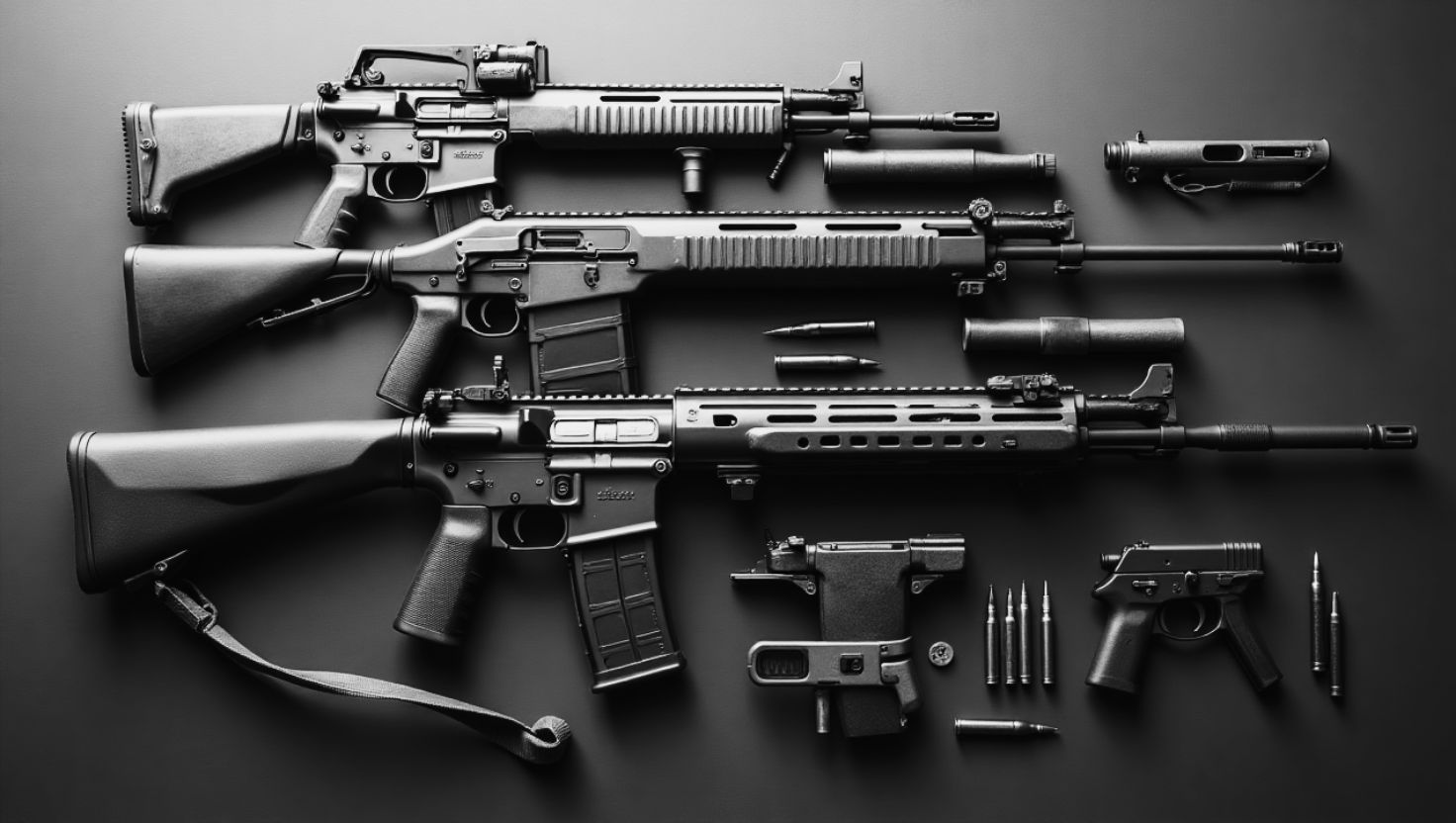
The B61-13 gravity bomb program has reached a key milestone, with its first production unit completed nearly a year ahead of schedule. Sandia National Laboratories, the lead systems integrator and designer of the bomb’s nonnuclear components, credited the achievement to efficient collaboration and the reuse of technology from the recently completed B61-12.
The first B61-13 unit was delivered in May at the Pantex Plant, just 13 months after the U.S. Congress authorized program funding. Sandia’s experienced workforce, many of whom transitioned from the B61-12 project, played a crucial role in meeting the accelerated timeline.
Critical components from the Y-12 National Security Complex and the Kansas City National Security Campus arrived early, enabling the assembly to proceed without delay. Though formal funding began in April 2024, Sandia and its partners began initial feasibility and planning studies as far back as 2022, which allowed for a faster production start under Phase 6.4.
Energy Secretary Chris Wright officially certified the first production unit during a diamond-stamping ceremony at Pantex in May, signifying its quality and deployment readiness. The B61-13 program has been a joint effort involving Sandia, Los Alamos, the Kansas City National Security Campus, Pantex, Y-12, Savannah River Site, the NNSA, and the U.S. Air Force.
Offering a higher yield than the B61-12 while retaining its advanced safety and accuracy, the B61-13 will not increase the total number of nuclear weapons in the U.S. stockpile. The adjusted build plan ensures that B61-12 production is scaled back to match the B61-13’s introduction. The program is now preparing for final design reviews and transitioning to full-rate production.




